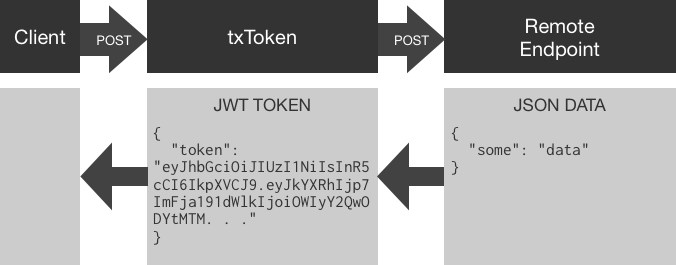Many of the resources on Cloud Native Microservices show you how easy it is to get up and running with AWS or GKE. I think this is great but for the fact that I see a trend (in my clients at least) of associating concepts with particular products or worse, companies. I love Amazon, but it’s not THE cloud). In my opinion, to embrace Cloud Native and Microservices you should develop some, and host them yourself. The cloud is not Google or Amazon; it’s any cluster of virtualized systems, abstracted from their hardware interfaces and centrally managed.
Reverse Proxy in Golang
Retrofit security proxy to prevent XSS and code injection.
Reverse proxies are standard components in many web architectures, from Nginx in front of php-fpm serving Drupal or Wordpress, to endless mixtures of load balancers, security appliances, and popular firewall applications. Reverse proxies differ from forward proxies in little but their intended implementation, be it service-side or client side. The following information is useful in either context. However, I focus on a service-side architecture. Further down this article, I’ll be going over the reasonably simple go code needed to develop a basic, yet production quality proxy, but first I’ll give you my take on why they solve so many problems and offer up my little workhorse, n2proxy.
Golang to Jupyter
Golang with Jupyter Notebooks
Jupyter Notbooks have been a popular technology in the Python data science community for a while now, especially in academics. Jupyter Notebooks are a way to mix inline, executable code with documentation in a presentation format. Best practices in organizing source code are not always the most efficient at communicating it’s functionality to a user.
While the intention of a programming language is the abstraction of computational complexity into a simplified language humans can read and write, they must always weigh toward the efficiency of the primary interpreter, the computer. Jupyter Notebooks are intended to communicate source code to humans first and computers second. We can use Jupyter Notebooks to communicate to humans not only the source but the interpreted result.
JWT Microservice, Tokenize Remote APIs
Using txToken to create JWT Tokens from JSON POST data.
txToken is a small high performance microservice utility container. txToken is used for adding JSON Web Token based security to existing or new API development. txToken is specifically for systems that communicate in JSON over HTTP. txToken is called from a client with a JSON post body and passes received JSON to a remote endpoint. JSON retrieved from a remote endpoint is used to create a JWT token with an HS256 symmetrically encrypted signature.
Overview

